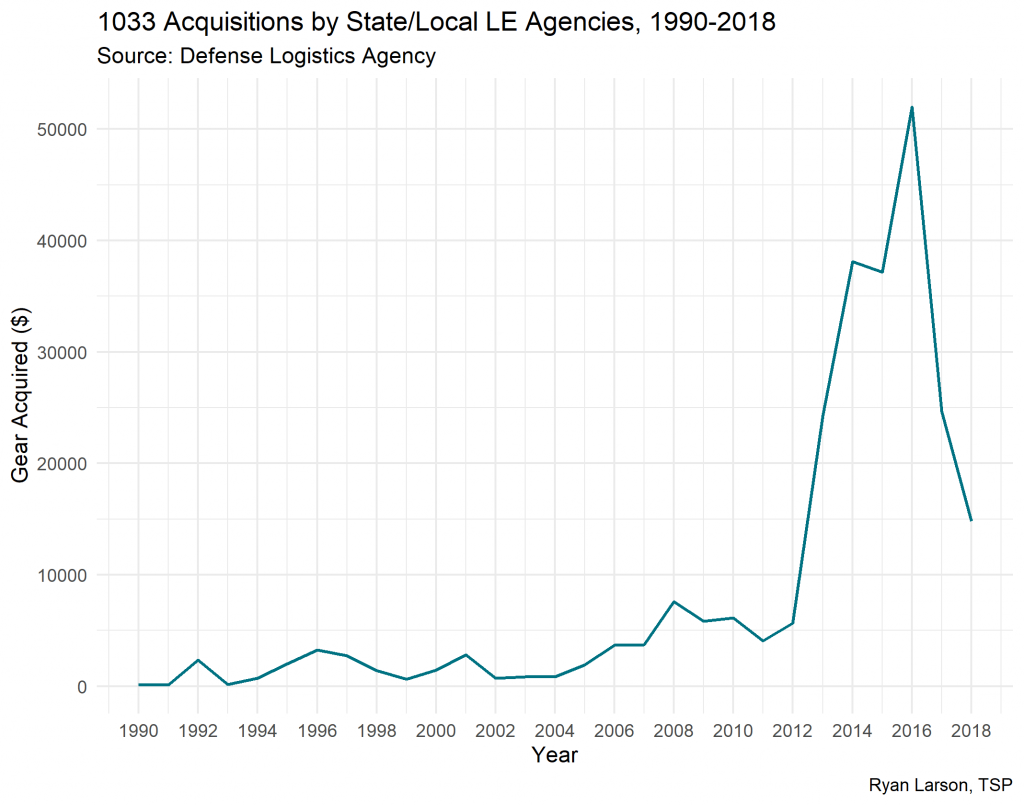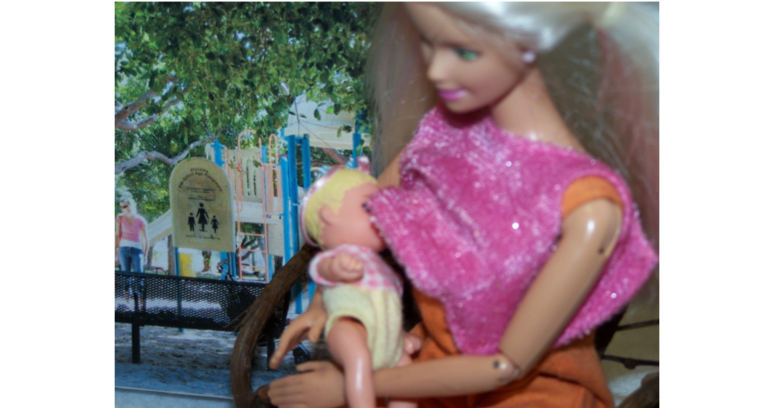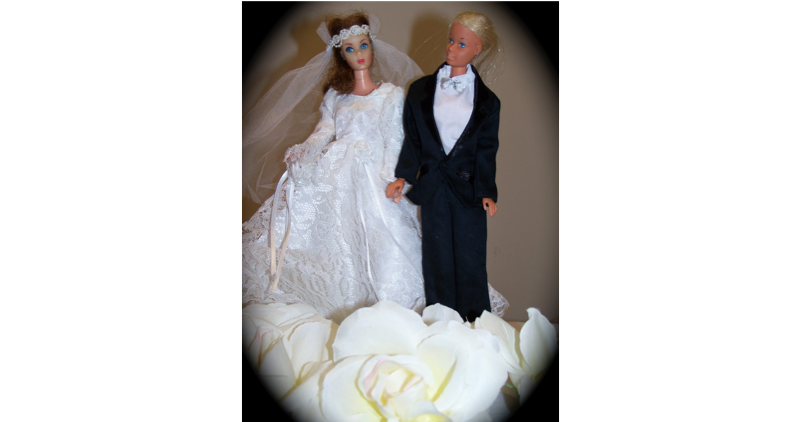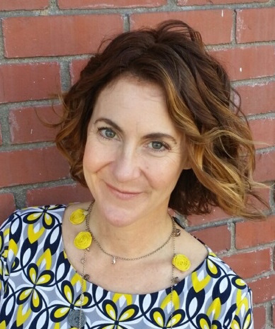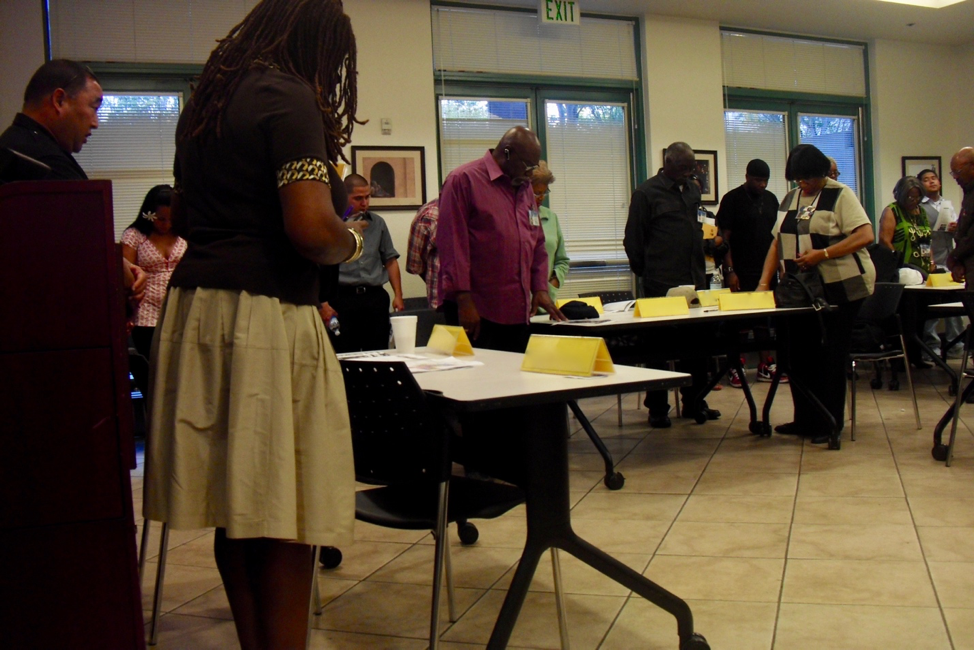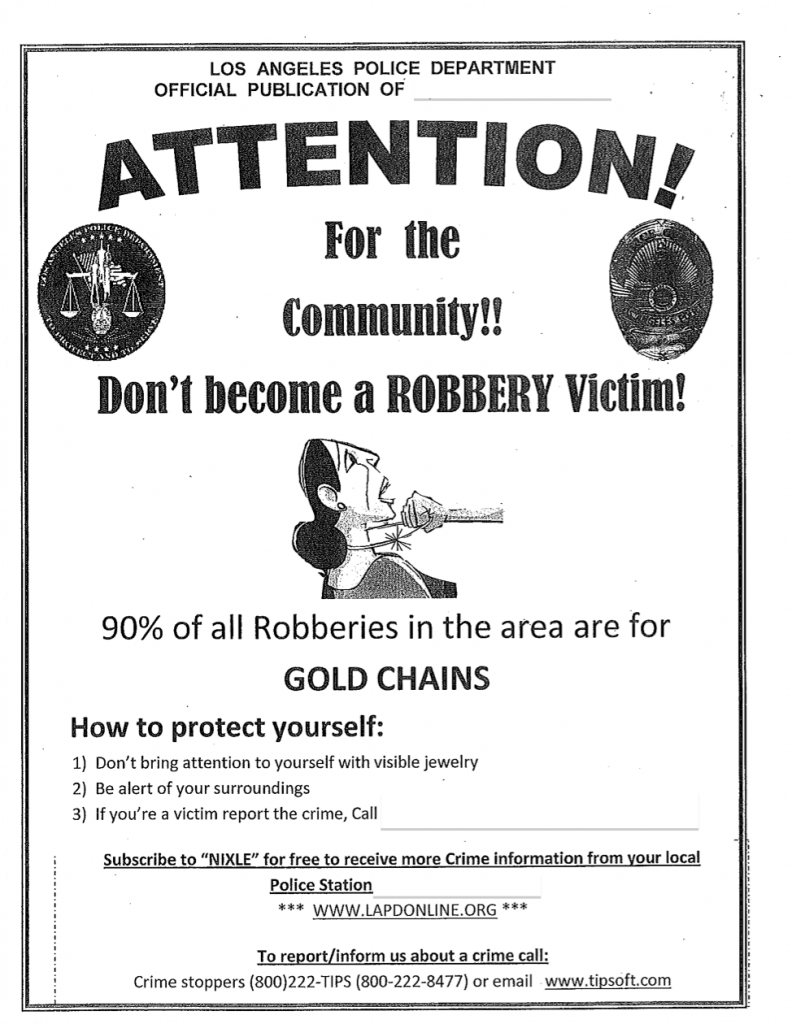Tis’ the season for throwing down at dinner. Every year the humor and the horror stories about Thanksgiving hit our social media feeds. This isn’t just about politics, either. Family dinners have a strong symbolic significance. When the stakes are high for a once-a-year gathering, other kinds of social conflicts are primed to play out as well.
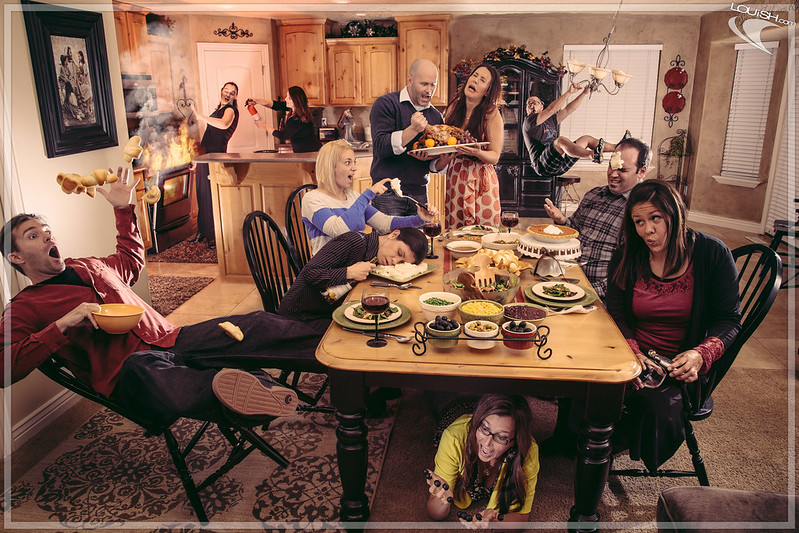
But for all this talk about fighting, one thing I find really interesting as a political sociologist is just how much work people do to avoid conflict. We know from embedded studies of parent organizations and neighborhood groups that people will tie themselves up in knots to avoid talking about political issues. In some cases, people are more likely to confide in near-strangers or acquaintances than close family members. In an increasingly fraught political climate, the answer for many people might be cutting their visits short. According to research published last year Science, there is some evidence for this happening.
In the article, political scientists matched anonymous smartphone location data from over 10 million Americans to precinct-level voting data from 2016. By doing this, they could see who traveled for Thanksgiving that year and how long they stayed at dinner. People who ate in an opposing political district spent less time at dinner, about 30-50 minutes less on average. The pattern was stronger for people coming from Republican districts to dine among Democrats—they split about 50 to 70 minutes sooner. The authors also find that increased local political advertising was also associated with cut-down dinner time.
Sure, these people could be storming out before that second helping. But I think one of the less-appreciated trends in political life is that many of us are just clamming up and cutting out early to spend time elsewhere. There are many perfectly valid reasons to do this, especially if people are made to feel unwelcome or unsafe. These results suggest we could all do a little more to think about keeping people at the table.
Evan Stewart is an assistant professor of sociology at University of Massachusetts Boston. You can follow his work at his website, on Twitter, or on BlueSky.






